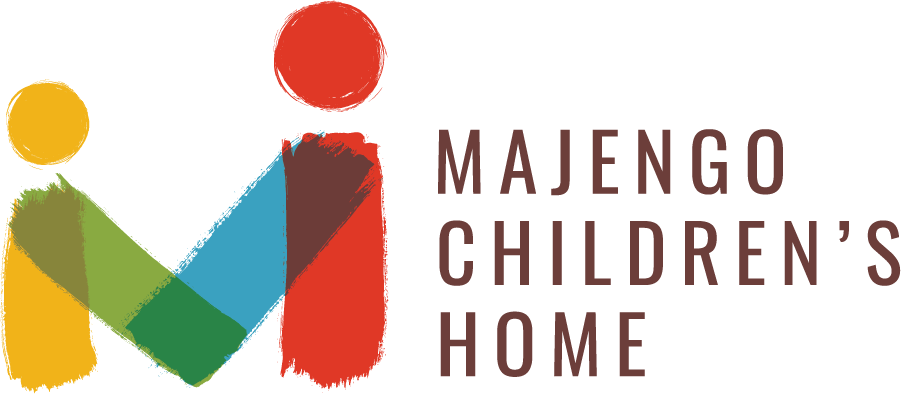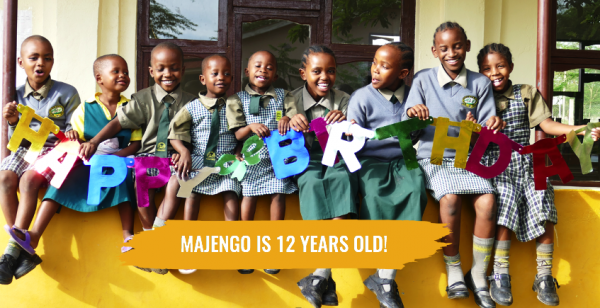
Amid ongoing concern about COVID-19, Majengo’s top priority is the health, safety and well-being of the children, staff and volunteers both in Tanzania and in North America. All schools in Tanzania have been closed, and all the live-in children are currently home and safe at MCH. Nine of our devoted staff have volunteered to stay full-time at the centre for the time being and are caring for the children. In light of the current situation, visitors and volunteers will not be permitted at Majengo effective immediately. We will be putting a hold on all requests to visit at this time to mitigate exposure at the centre.
Currently, there are only a dozen cases of COVID-19 in Tanzania. As this situation unfolds, we are fully committed to ensuring that the children and staff at Majengo and in our programming are given the best possible care. We will do this by listening to government recommendations, local doctors and health workers, as well as the recommendations set out by the World Health Organization. We will keep you informed of any changes. Please feel free to reach out to us with any questions or concerns.
We hope you take care of yourselves. We are so grateful for your ongoing support and commitment to Majengo and its children. It is during these difficult times when your continued love and support is most important.




3. The town of Mto Wa Mbu, whereMajengo is located, is home to an estimated 120 different tribes. Majengo is home to children from 10 different tribes.
4. We have four sets of twins at Majengo – none of whom are identical.
5. We have been living in our current home since 2013. Before then, we lived down the road at a much smaller place which we eventually outgrew!



9. Majengo is located in the Great Rift Valley, which is approximately 6,000 km in length and runs from Lebanon in Western Asia to Mozambique in Southern Africa.
10. Majengo is run by 19 Tanzanian staff, many of whom started with Majengo in the very beginning. One of our first staff members, Nuruana, has been with us since 2008.


We are so grateful for the years and years of support. Our Majengo family grows every year with new children and new supporters. We would not be where we are today without the love and support of many. If you want to help Majengo make its 12th year, its best yet – please click on the link below and donate.
Did you know a donation of $12 can purchase almost a year’s supply of milk for a child?





